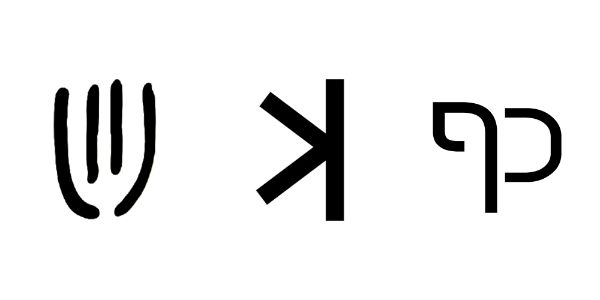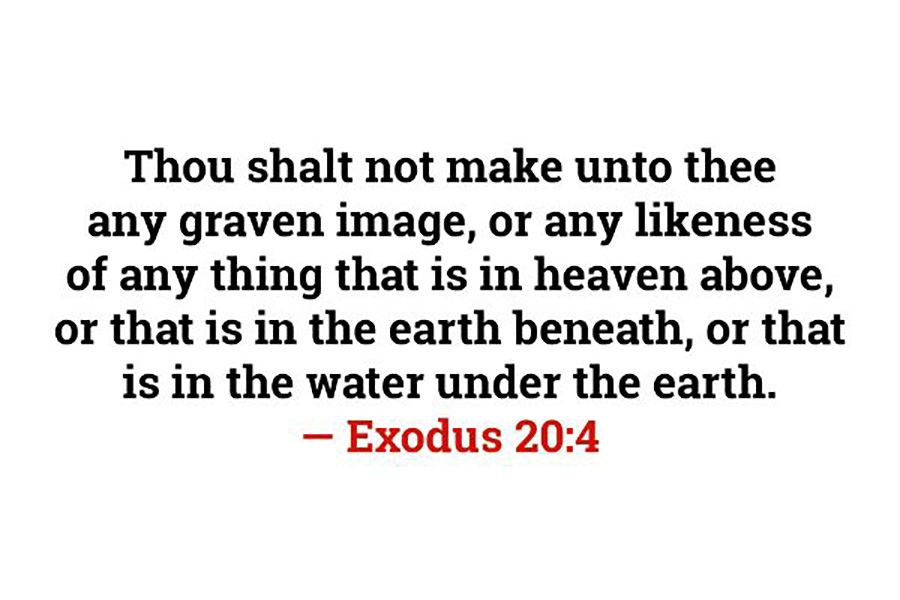« Back to Glossary Index
Synonyms:
𐤊
The letter kaph (𐤊) or K/k is the eleventh letter in the Afroasiatic language known as Paleo-Hebrew (Ābarayat). The letter has been equated with the letter K, and the letter C in the English language. However, the usage of the letter C for it is a very rare and inaccurate usage when translating words from Paleo-Hebrew to English. The letter C is more accurately connected to gamal (𐤂).
Extended Study for 𐤊 (k)
To read the study guide entry that elaborates on 𐤊 (k) then join our Extended Study Membership at https://www.paleohebrewdictionary.org/extended or use phdict.org/extended to share a short link with others.




